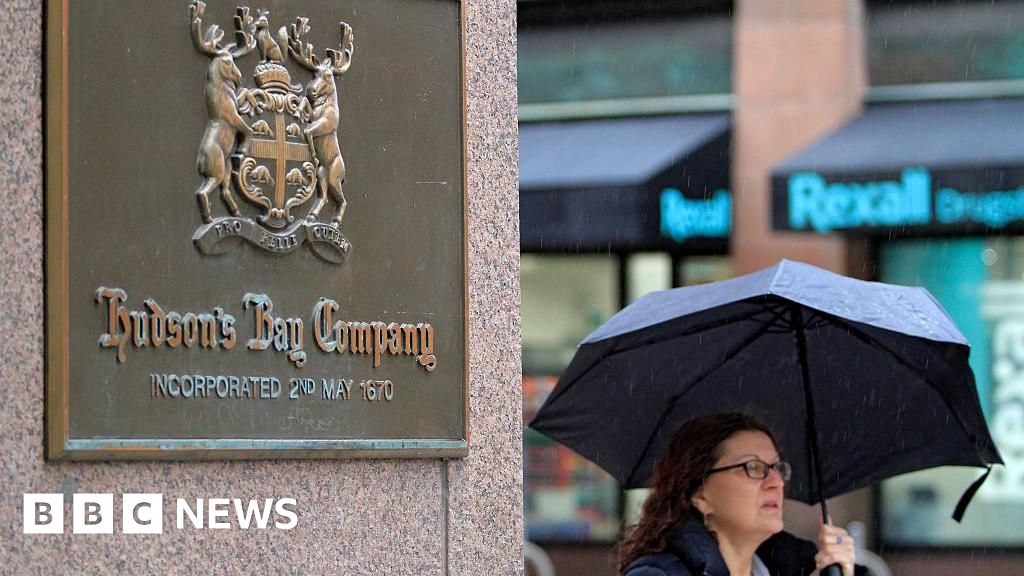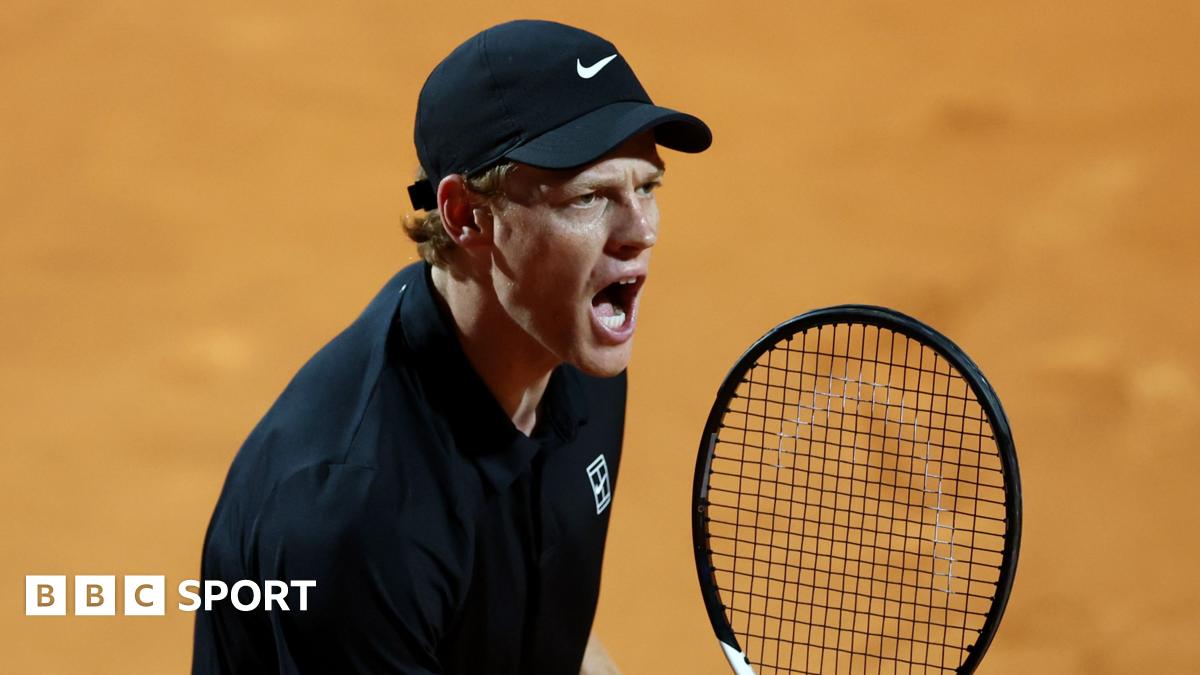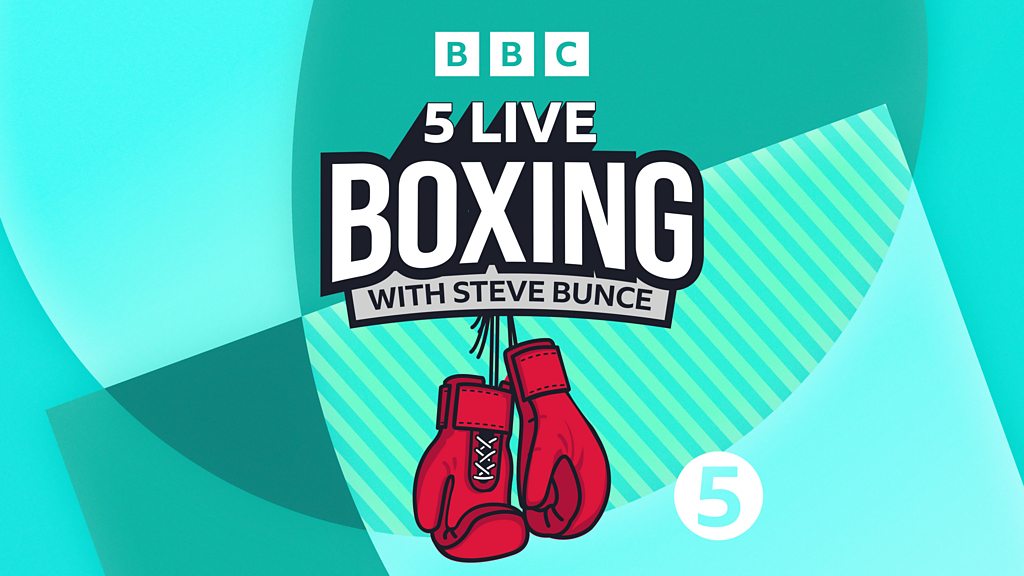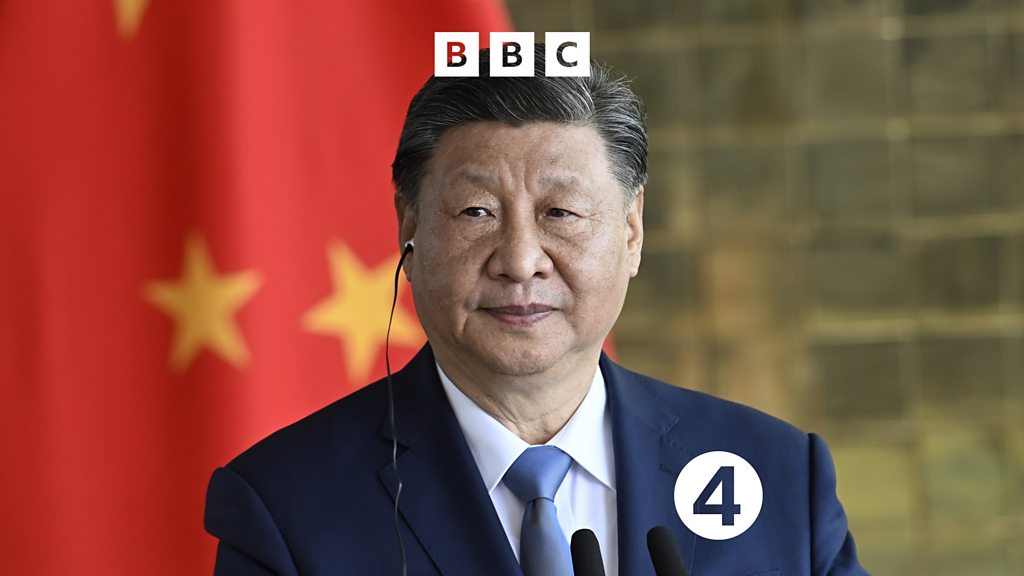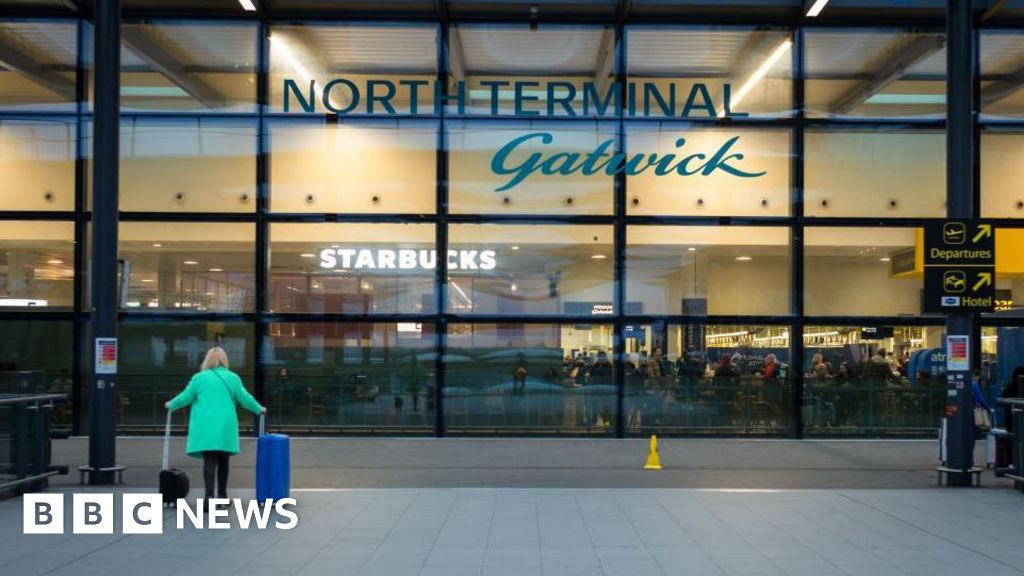Essential Components for Social Media Success: Boost Your Online Engagement Today

Key Takeaways

- Visual Content Matters: Vibrant images, videos, and infographics are crucial for capturing audience attention and enhancing engagement on social media platforms.
- Compelling Content is Key: Create a content calendar and incorporate storytelling to build emotional connections with followers, while also utilizing user-generated content to foster trust.
- Target Your Audience Effectively: Understanding demographics and interests allows for tailored posts that resonate with followers, improving engagement and brand loyalty.
- Leverage Paid Advertising: Utilize social media ads for expanded reach, and regularly analyze performance metrics to optimize your ad strategies for better ROI.
- Stay Current with Trends: Incorporate relevant hashtags and adapt to trending topics to boost visibility, allowing for more effective engagement with your audience.
- Optimize Community Management: Actively engage with followers through comments, polls, and live interactions to build a lively and trusting community around your brand.
In today’s digital landscape, social media isn’t just a platform for sharing; it’s a powerful tool for connection and engagement. Understanding the key components that make social media effective can elevate your online presence and help you reach your target audience.
From captivating visuals to compelling content, each element plays a crucial role in crafting a successful strategy. Whether you’re a business owner or an aspiring influencer, knowing how to leverage these components can transform your social media game. Let’s dive into what makes social media tick and how you can harness its potential.
Overview of Components for Social Media

Social media, a powerful tool for small businesses, encompasses several critical components that drive engagement and brand awareness. You’ll find that understanding these elements enhances your social media strategy, ensures effective communication, and fosters community interaction.
Visual Content
Visual content captures attention. Use vibrant images, infographics, and videos across platforms like Instagram and Facebook. Video content, especially, boosts engagement rates significantly. Consider utilizing Instagram stories or Facebook Live to showcase products or share behind-the-scenes glimpses, creating a human connection with your audience.
Content Creation
Compelling content forms the backbone of social media engagement. Develop a content calendar to plan posts, ensuring consistent messaging. Incorporate storytelling into your posts to forge emotional connections. Highlight customer feedback and showcase user-generated content to build trust and encourage community participation.
Audience Targeting
Effective audience targeting enhances your chances of connecting with potential customers. Utilize demographics and interests to tailor your posts. Engage followers through polls, questions, and comments to build relationships. Crafting your brand voice to resonate with your audience enhances recognition and loyalty.
Social Media Ads
Paid ads, particularly on platforms like Facebook and Instagram, can significantly expand your reach. Running targeted social media campaigns helps increase visibility. Leverage social media analytics to track performance metrics and optimize your paid ads for better ROI.
Hashtags and Trends
Incorporate relevant hashtags to improve discoverability. Research trending topics in your niche and adapt your content accordingly. Keeping an eye on social media trends enables you to stay ahead of competitors and engage your audience more effectively.
Community Management
Community management fosters customer interaction. Monitor comments and direct messages to promptly address inquiries and feedback. Engage regularly with your followers through live streams, Facebook groups, or even TikTok for business, ensuring that your brand remains accessible and approachable.
Social Media Optimization
Use social media tools to streamline your efforts. Tools for scheduling posts, monitoring engagement, and analyzing social media analytics can save time. Ensuring brand consistency across all platforms strengthens your overall online presence, promoting your business effectively.
By mastering these components, you can create a robust social media framework that drives organic growth, enhances brand visibility, and ultimately supports your small business goals.
Essential Components

Understanding the essential components of social media is vital for driving brand growth and enhancing online presence. These elements help you craft an effective social media strategy tailored for your small business.
Define Clear Objectives
Establish clear, measurable goals for your social media efforts. Focus on objectives like brand awareness, lead generation, audience engagement, and increased sales. This clarity allows you to track progress and adjust strategies as necessary to achieve desired outcomes.
Understand Your Audience
Research your target audience thoroughly. Identify demographics, interests, behaviors, and pain points to create detailed audience personas. Tailoring your content based on this information leads to more effective social media posts and improved engagement rates.
Choose the Right Platforms
Select social media platforms based on where your audience is most active. Each platform serves distinct purposes:
- Facebook for community building through groups and advertising
- Instagram for visual storytelling using images and Instagram Stories
- LinkedIn for professional networking and B2B engagement
- Twitter for real-time updates and customer interaction
- TikTok for engaging video content aimed at younger demographics
Focusing your efforts on the right channels enhances your brand’s visibility and engagement.
Content Creation Tools
Utilize effective content creation tools to streamline your social media marketing. A content calendar helps plan and schedule your social media posts consistently. Incorporate various formats, including user-generated content, video content, and infographics, to keep your audience engaged. Tools like Canva or Adobe Spark allow you to create high-quality visuals without extensive design skills. Additionally, consider social media scheduling tools, like Hootsuite or Buffer, to automate posting and optimize your social media campaigns.
Engagement Features
Engagement features are crucial for building relationships with your social media followers. Foster meaningful customer interaction through comments, responses, and polls. Monitor social media analytics to assess which types of posts lead to higher engagement rates. Leverage hashtags and trending topics to increase visibility and organic reach. Encouraging community management via Facebook groups or Instagram Live sessions helps cultivate a loyal audience. Use feedback and reviews to enhance your service and maintain brand consistency.
By integrating these essential components, you can improve your social media strategy and drive significant growth for your small business.
Design and Aesthetics

Design and aesthetics significantly impact how your small business engages and connects with its audience on social media platforms. Attention to elements like color schemes, typography, and visual branding creates an inviting online presence that aligns with your brand voice.
User Interface Elements
User interface elements are central to ensuring your audience interacts easily with your content. These features include profiles, networks, and messaging. For instance, using intuitive navigation can improve user experience on platforms like Facebook and Instagram, making it simpler for your audience to access your posts and engage with your brand. You can enhance your social media strategy by incorporating clear profile layouts that reflect your brand’s identity, which can help boost brand awareness and attract more followers.
Visual Media Integration
Visual media integration plays a pivotal role in user engagement. Posts incorporating high-quality images, videos, and Instagram Stories yield higher engagement rates. Research shows that brands leveraging user-generated content often see increased organic growth and enhance community management by fostering stronger connections with followers. Utilizing features like Facebook Groups for discussions or TikTok for business can propel your social media campaigns by offering authentic interactions. Incorporating visual storytelling into your content calendar ensures your messaging resonates, driving both customer interaction and ultimately, social media ROI.
Analytics and Performance Tracking

Analytics and performance tracking play a vital role in social media marketing for small businesses. Tracking metrics helps you refine your social media strategy and increase engagement and brand awareness.
Metrics to Consider
When measuring performance, focus on these essential metrics:
- Engagement Metrics: Track likes, comments, shares, and reactions on your posts. Measure the engagement rate, which indicates the percentage of your audience interacting with your content.
- Reach and Impressions: Monitor the total impressions to understand how many times your posts are viewed, along with reach, which reflects the unique users who see your content.
- Audience Demographics: Analyze the demographics of your followers, including age, gender, location, and interests to tailor your content effectively.
- Content Performance: Evaluate how different content types, such as videos and Instagram stories, perform. Identify the best times to post to maximize audience interaction.
- Ad Performance: Measure metrics for your paid social media ads, including click-through rates, cost per click, and conversion rates. This data helps in optimizing your budget for better ROI.
Tools for Analysis
Utilize various social media tools to streamline your analysis. Consider these options:
- Social Media Analytics Platforms: Use tools like Hootsuite and Sprout Social to gather insights on social media followers and engagement rates across platforms like Facebook, Instagram, and Twitter.
- Content Scheduling Tools: Implement tools like Buffer and Later for social media scheduling. These can help maintain consistent posting and enable you to analyze the performance of your content calendar.
- Social Listening Tools: Deploy tools like Brandwatch and Mention to monitor brand mentions and customer feedback. These insights help in community management and enhance your brand voice.
- Tracking Software: Leverage tracking software, such as Google Analytics, to view traffic driven from social media channels and measure the impact of campaigns on your website’s performance.
Incorporating these metrics and tools into your strategy aids in optimizing content creation and campaign effectiveness, paving the way for organic growth and engaging customer interaction.
Conclusion

Mastering the components of social media is vital for your online success. By focusing on captivating visuals and compelling content you can elevate engagement and foster meaningful connections with your audience. Understanding your target demographics allows you to tailor your posts for maximum impact.
Utilizing analytics and performance tracking tools helps you refine your strategies and optimize your campaigns. Don’t underestimate the power of community management and authentic interactions; these elements are key to building lasting relationships.
By integrating these strategies into your social media approach you’ll not only enhance your online presence but also drive brand growth and achieve your business objectives. Embrace these components and watch your social media efforts flourish.
Frequently Asked Questions

What is the main focus of the article on social media?
The article emphasizes the importance of social media as a tool for connection and engagement. It guides business owners and aspiring influencers on enhancing their online presence through captivating visuals and compelling content.
How can visuals improve social media engagement?
Visual content, such as vibrant images and videos, captures attention quickly, especially on platforms like Instagram and Facebook, making it essential for engaging audiences effectively.
Why is compelling content creation important?
Compelling content is vital for driving engagement. Developing a content calendar and incorporating storytelling helps keep audiences interested and encourages interaction.
What role do paid ads play in social media strategies?
Paid social media ads are crucial for expanding reach and engaging new audiences. They help businesses target specific demographics to improve conversion rates.
How can businesses effectively target their audience?
Understanding key demographics allows businesses to tailor their posts, ensuring they resonate with their target audience and foster better engagement.
What should be included in a social media content calendar?
A content calendar should outline posting schedules, themes, and types of content, helping businesses stay organized and maintain consistency in their social media strategies.
Why are analytics important for social media marketing?
Analytics help businesses track engagement rates, content performance, and audience demographics, enabling them to optimize campaigns and improve overall effectiveness.
How can user-generated content benefit a brand?
User-generated content fosters authenticity and trust, often leading to organic growth as followers engage more with relatable content created by their peers.
What are the best platforms for social media marketing?
The choice of social media platforms should align with target audience activity. Facebook, Instagram, LinkedIn, Twitter, and TikTok each serve different demographics and engagement styles.
How does community management enhance brand engagement?
Regular interaction with followers builds relationships and fosters community, making audiences feel valued and encouraging ongoing engagement with the brand.
Image Via Envato
This article, "Essential Components for Social Media Success: Boost Your Online Engagement Today" was first published on Small Business Trends
What's Your Reaction?
 Like
0
Like
0
 Dislike
0
Dislike
0
 Love
0
Love
0
 Funny
0
Funny
0
 Angry
0
Angry
0
 Sad
0
Sad
0
 Wow
0
Wow
0










